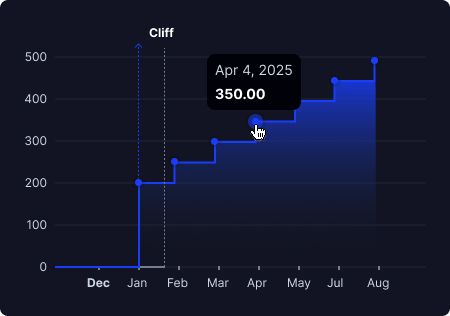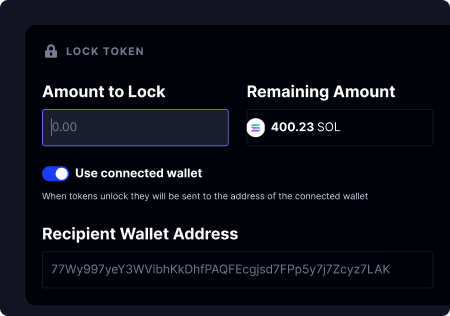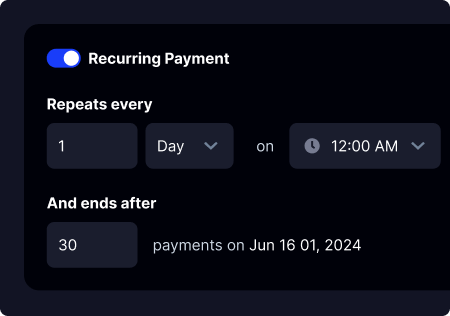Consensus Mechanism
Byzantine Fault Tolerant (BFT) Proof of stake (POS)
Programming Language
Ethereum is written in Solidity, EVMs smart contract language. Solidity is a compiled language that allows EVM chains to have a fast runtime.
Products


Simplify token vesting for scheduled stakeholder distributions with our advanced features like customizable schedules, transferable payments, and automated claims.


Safeguard your assets seamlessly with Streamflow. Whether for employee unlocks or securing liquidity pool tokens, our system offers both peace of mind and unparalleled protection.


Streamline your onboarding process and minimize payroll expenses with our programmable payments. Choose from weekly, bi-weekly, or monthly payments, or enable real-time withdrawals for maximum flexibility.


Get a comprehensive view of your token contracts, enhancing transparency and enabling community monitoring. Access insights through an intuitive interface, ensuring alignment with real-time data.
Leverage our powerful incentive alignment layer from token vesting, token locks, airdrops and payroll contracts.